Inkz
Guru
- Messages
- 2,358
- Likes
- 1,554
Hey guy's... Not really my field lol, but lately, I've been intrigued with HDR images. Unfortunately, I don't have a camera to make HDR images so I'm playing around with Ps and Topaz to get a high contrast effect like HDR.Probably out of my depth lol, but I really do like to try new things.
Any advice on this is very much appreciated, and Tom, if you do comment, keep it simple Here's the original I used from dAhttp://www.deviantart.com/art/Deja-Vu-245771831
Here's the original I used from dAhttp://www.deviantart.com/art/Deja-Vu-245771831
http://s1309.photobucket.com/user/InkzFX/media/HDRoldorig_zpsc8b07b6f.png.html
Here's what I came up with.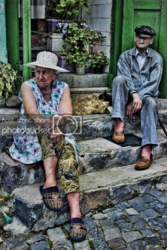
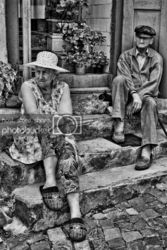
Here's an industrial one...http://www.deviantart.com/art/Steam-Pipe-Jungle-DC-Cook-92106811
http://s1309.photobucket.com/user/InkzFX/media/HDRondorig_zpscca02038.png.html
Here's what I came up with.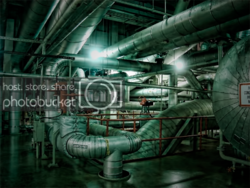
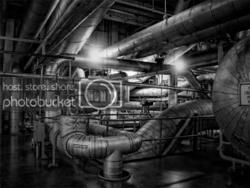
Here's a few more that I've done lol.



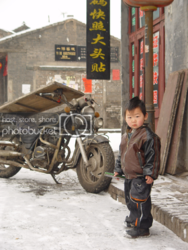
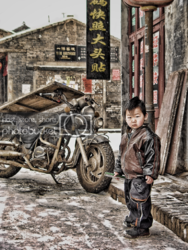
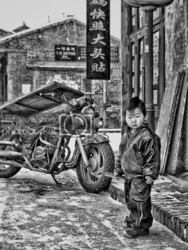
Any advice on this is very much appreciated, and Tom, if you do comment, keep it simple
 Here's the original I used from dAhttp://www.deviantart.com/art/Deja-Vu-245771831
Here's the original I used from dAhttp://www.deviantart.com/art/Deja-Vu-245771831http://s1309.photobucket.com/user/InkzFX/media/HDRoldorig_zpsc8b07b6f.png.html
Here's what I came up with.


Here's an industrial one...http://www.deviantart.com/art/Steam-Pipe-Jungle-DC-Cook-92106811
http://s1309.photobucket.com/user/InkzFX/media/HDRondorig_zpscca02038.png.html
Here's what I came up with.


Here's a few more that I've done lol.






Last edited:
